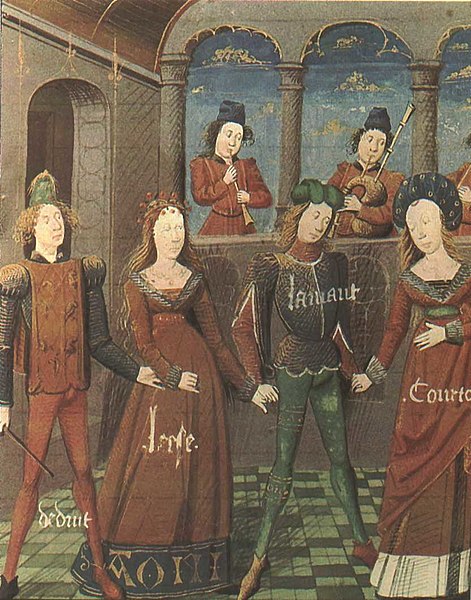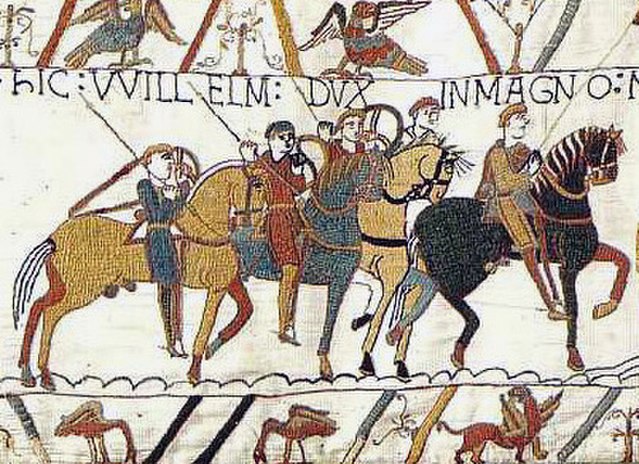Music of the United Kingdom
Throughout the history of the British Isles, the land that is now the United Kingdom has been a major music producer, drawing inspiration from church music and traditional folk music, using instruments from England, Scotland, Northern Ireland, and Wales. Each of the four countries of the United Kingdom has its own diverse and distinctive folk music forms, which flourished until the era of industrialisation when they began to be replaced by new forms of popular music, including music hall and brass bands. Many British musicians have influenced modern music on a global scale, and the UK has one of the world's largest music industries. English, Scottish, Irish, and Welsh folk music as well as other British styles of music heavily influenced American music such as American folk music, American march music, old-time, ragtime, blues, country, and bluegrass. The UK has birthed many popular music genres such as beat music, psychedelic music, progressive rock/pop, heavy metal, new wave, and industrial music.

A Promenade concert at the Royal Albert Hall in 2004
English Miniature from a manuscript of the Roman de la Rose
Sir Edward Elgar
Scottish traditional group The Tannahill Weavers
The United Kingdom of Great Britain and Northern Ireland, commonly known as the United Kingdom (UK) or Britain, is a country in Northwestern Europe, off the coast of the continental mainland. It comprises England, Scotland, Wales, and Northern Ireland. The UK includes the island of Great Britain, the north-eastern part of the island of Ireland, and most of the smaller islands within the British Isles. Northern Ireland shares a land border with the Republic of Ireland; otherwise, the United Kingdom is surrounded by the Atlantic Ocean, the North Sea, the English Channel, the Celtic Sea, and the Irish Sea. The total area of the United Kingdom is 94,354 square miles (244,376 km2), with an estimated population of nearly 67.6 million people in 2022.
Stonehenge in Wiltshire is a ring of stones, each about 4 m (13 ft) high, 2 m (7 ft) wide and 25 tonnes, erected 2400–2200 BC.
The Roman Baths in Bath, Somerset, are a well-preserved thermae from Roman Britain.
The Bayeux Tapestry depicts the Battle of Hastings, 1066, and the events leading to it.
The Treaty of Union led to a united kingdom of all of Great Britain.








